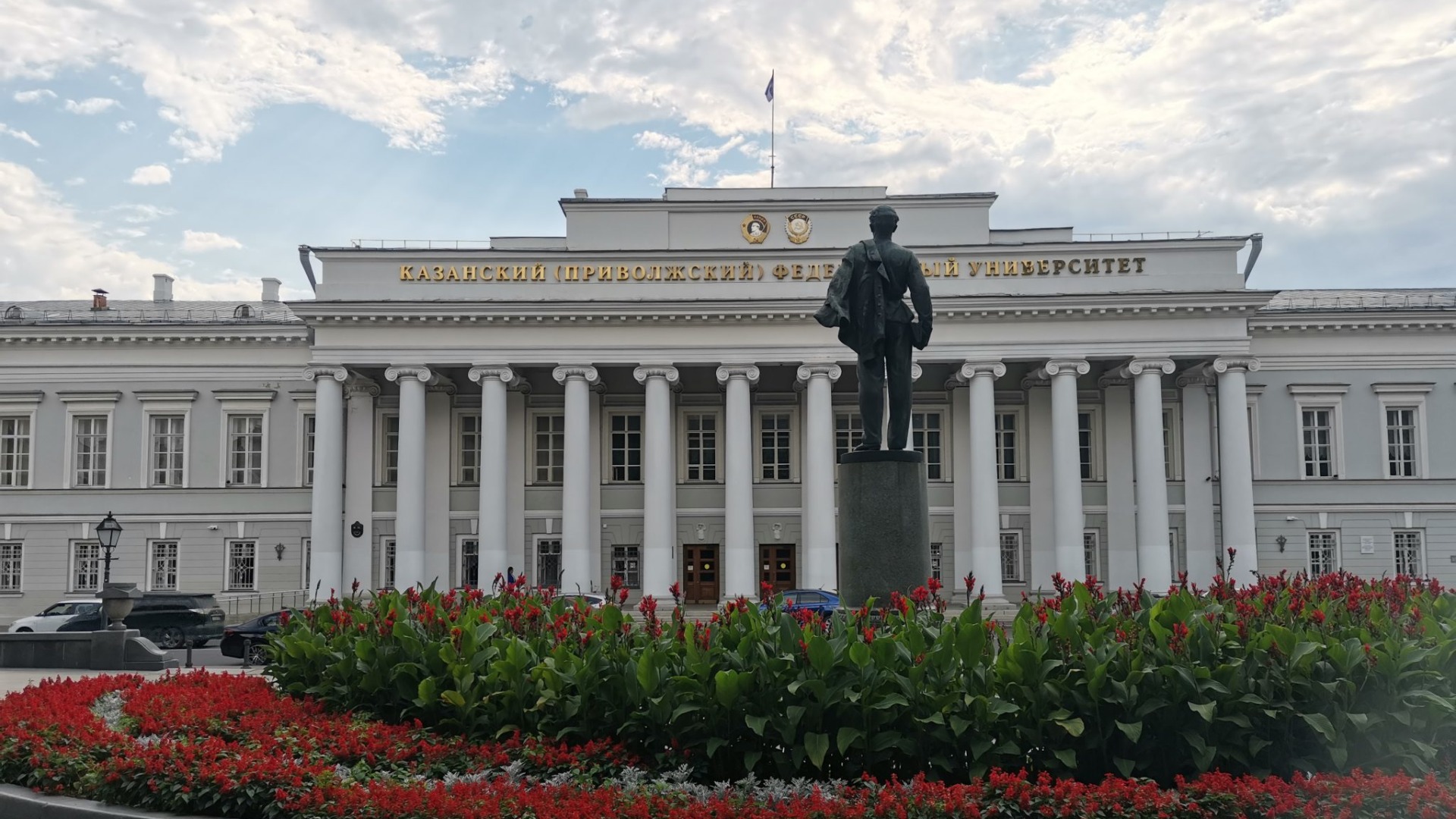
Russian Building Joins UNESCO World Heritage List

The UNESCO World Heritage Committee has added a university observatory in Russia to its list of recognized sites.
As the discussions of the UNESCO WHC resumed in Riyadh, Saudi Arabia, the astronomical observatories of Kazan Federal University have been included to the prestigious list.
The complex consists of the suburbia-based Engelhardt Astronomical Observatory, as well as the original Kazan Observatory, which was constructed in 1837 in the city's historic district.
Additionally, Gordion, the capital city of the legendary Phrygia in Turkey, the Maison Carrée of Nîmes, an excellently maintained Roman temple in southern France, and the Bale Mountains National Park in Ethiopia were all added to the list on Monday.
South Korea's Gaya Tumuli, a group of burial mounds constructed by the Gaya Kingdom, became the country's sixteenth site, and Denmark's Viking-Age Ring Fortresses, which stretch back more than a thousand years, was included as well.
The committee had previously added two more locations to the illustrious list: the Forest Massif of Odzala-Kokoua in Congo and Mount Pelée and the Pitons on the French island of Martinique.
Since its establishment in 1978, UNESCO has used the criteria of "outstanding universal significance" to determine whether locations are eligible for inclusion on the list.
The ancient town of Lviv in western Ukraine and the St. Sophia Cathedral and Kyiv-Pechersk Lavra monastic complex in the country's capital, Kyiv, were placed to the World Heritage in Danger List last week. This decision was reached because to the potential of harm the Russian onslaught presents, according to an official statement released by UNESCO, as they are exposed to the possibility of direct assault and are also susceptible to the shock-waves created by the strikes on the two cities.
Hopewell Ceremonial Earthworks in Ohio is one of the final nominees that the committee will be considering over the next several days.
Source: edition.cnn.com








